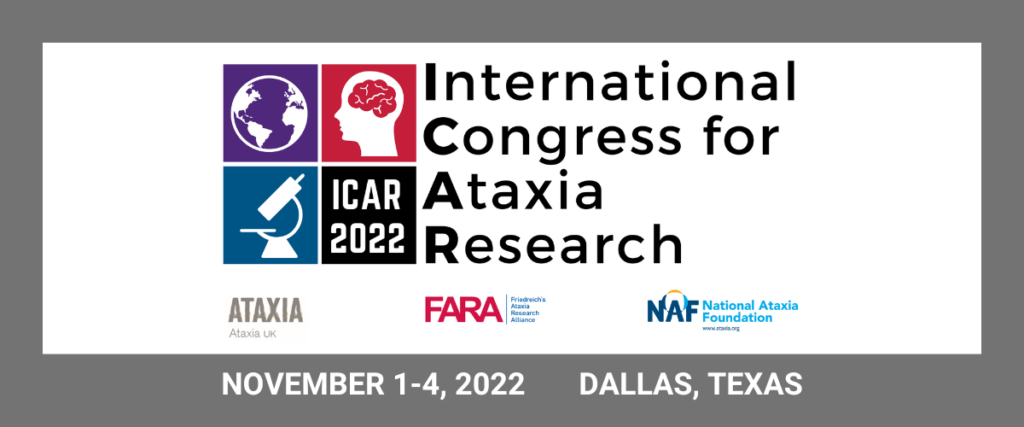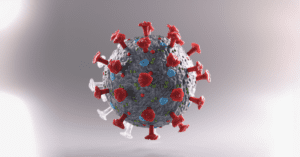
Written by Dr. Hannah Shorrock
Edited by Celeste Suart
Understanding non-motor functions and factors that govern differential vulnerability in the cerebellum will help to inform preclinical therapy development, from CRISPR to small molecules, and provides important considerations for imaging studies.
The Wednesday afternoon series of talks at ICAR will begin with a plenary session on the non-motor functions of the cerebellum. This session will provide an overview of the involvement of the cerebellum in cognition, emotion, and impulsivity. Some of these non-motor differences are present before the onset of balance symptoms. Understanding the complete spectrum of ataxia symptoms and behaviours will enable scientists to develop appropriate interventions to treat all aspects of ataxia.
Following the plenary session, attendees have the option to learn more about cerebellar function, preclinical therapy development, or imaging studies.
In the workshop on cerebellar function and anatomy, there will be a key focus on understanding what is going on in certain types of cells that make them more vulnerable to ataxia. Specifically, researchers will discuss cerebellum and Purkinje neuron cells. The role of glia cells in cerebellar dysfunction in disease will also be discussed. Then the workshop will build on the plenary session to discuss the role of the cerebellum in reinforcement-based learning. Workshops such as this provide a unique opportunity for researchers to learn, discuss and relate a specific topic area to their research.
In the session on preclinical therapy development, researchers will discuss recent advances, including:
- The use of CRISPR gene editing for Fragile X-associated tremor/ataxia syndrome
- Gene therapy for Christianson syndrome
- The use of miRNAs and siRNAs to reduce levels of mutant ATXN3 in SCA3
- The development of antisense oligonucleotides for the treatment of Dentatorubral-pallidoluysian atrophy.
We will also discuss the use of small molecules, some already FDA-approved, that target specific disease pathways or pathogenic species in ARSACS, SCA8 and SCAs caused by CAG expansions. Repurposing FDA-approved small molecules for the treatment of ataxias may provide a faster route to patient intervention. Understanding the best therapeutic strategies in model systems is important to ultimately provide the greatest chance for success at clinical trials.
The final session focuses on the use of MRI and PET imaging as biomarkers for ataxias. There will be talks on imaging the brain, spinal cord, dorsal root ganglia and heart in Friedreich’s ataxia. Research about the use of MRI to detect changes in SCA3 gene carriers’ brains before symptoms start will be shared. Findings on the development of MRI as a diagnostic tool for multiple system atrophy type C will also be shared. Imaging biomarkers will be a key component in clinical trials for ataxias. Understanding the uses and limitations of biomarkers will be necessary for successful implementation.

Los científicos desarrollan un nuevo enfoque para evaluar la Ataxia en casa
Escrito por Ziyang Zhao Editador por la Dra. Hayley McLoughlin Traducido por Ismael Araujo Aliaga Una aplicación para teléfonos inteligentes recientemente desarrollada permitirá a los pacientes evaluar la ataxia en casa. Existe Read More…

The SCA2 Chronicles: Unmasking COVID-19’s impact on Mind and Movement in a Galaxy Not So Far Away
Written by Kaitlyn Neuman Edited by Celeste Suart, PhD Lessons from a global pandemic: COVID-19 negatively impacts speech function and mental health in SCA2 patients. A short time ago, in a Read More…

Snapshot: O que é Distonia?
Distonia é uma desordem que afeta a maneira como uma pessoa se move. Mais especificamente, pessoas com distonia têm contrações musculares involuntárias, que podem causar posturas anormais. A distonia pode Read More…










